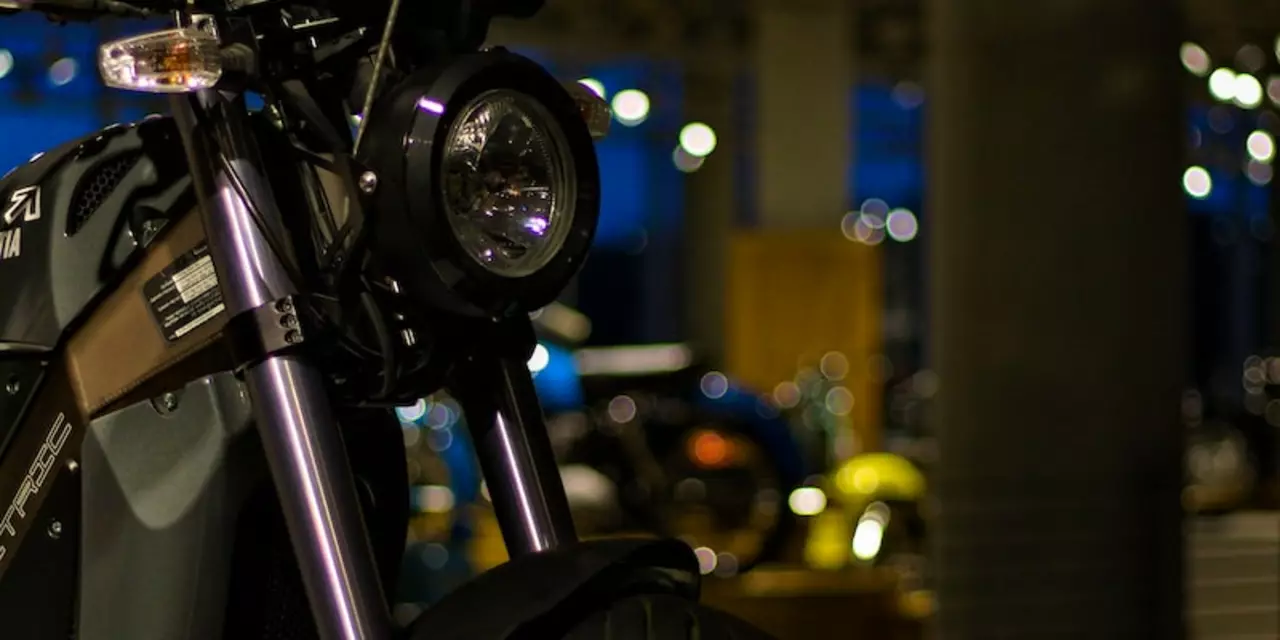Motorsport Competition: Definitions, Gear, and Game‑Changing Factors
When talking about competition, the organized contests where drivers, teams, and machines battle for victory on a track. Also known as racing contests, it drives every rule, tech upgrade, and fan moment in motorsport.
Key Elements of Motorsport Competition
Any legitimate FIA International Competition License, the credential that proves a driver meets global safety and skill standards is the gateway to official events. Without it, a racer can't line up for most sanctioned series. The licence system creates a clear pathway from local club races to world championships, linking grassroots practice to elite competition.
People often debate whether race drivers, high‑speed athletes who train their bodies and minds like any other sportsperson qualify as athletes. The truth is they meet strict fitness regimes, mental‑focus drills, and endurance tests. This athletic status is a core part of competition because driver stamina directly influences lap times and safety.
Starting position matters a lot. pole position, the front-most grid spot earned by the fastest qualifier often decides who can dictate the early race pace. A good pole gives a competitive edge, while a poor start forces drivers into risky overtaking battles. Thus, pole position is a strategic element that shapes the entire contest.
Not all contests follow the same rulebook. drifting, a style‑based competition where drivers slide cars through corners while maintaining control blends showmanship with precision. Critics may call it flashy, but judges score angle, speed, and fluidity, making it a legit competitive discipline within motorsport.
For those climbing the ladder, Formula Three, a mid‑tier open‑wheel series that prepares drivers for higher categories offers a perfect training ground. F3 cars use turbocharged 1.8‑litre engines and weigh just over 500 kg, delivering a mix of speed and handling that tests driver skill—exactly what competition seeks to reward.
Other technical details also influence how contests unfold. For instance, fire‑proof shoes, heat‑resistant footwear worn by Formula 1 drivers protect racers in case of a fire, allowing them to stay focused and safe during high‑intensity battles. Such equipment highlights how safety standards are woven into the competitive fabric.
All these pieces—licenses, athlete training, grid position, discipline variety, and safety gear—connect to form a cohesive ecosystem. Competition isn’t just a race; it’s a structured set of challenges that test equipment, talent, and strategy. Below you’ll find articles that dig deeper into each of these topics, from licensing steps to the psychology of pole position, from the art of drifting to the role of Formula Three in driver development. Let’s explore how each element shapes the thrilling world of motorsport competition.
- February 18, 2023
- Comments 0
- Sports & Motorsports
